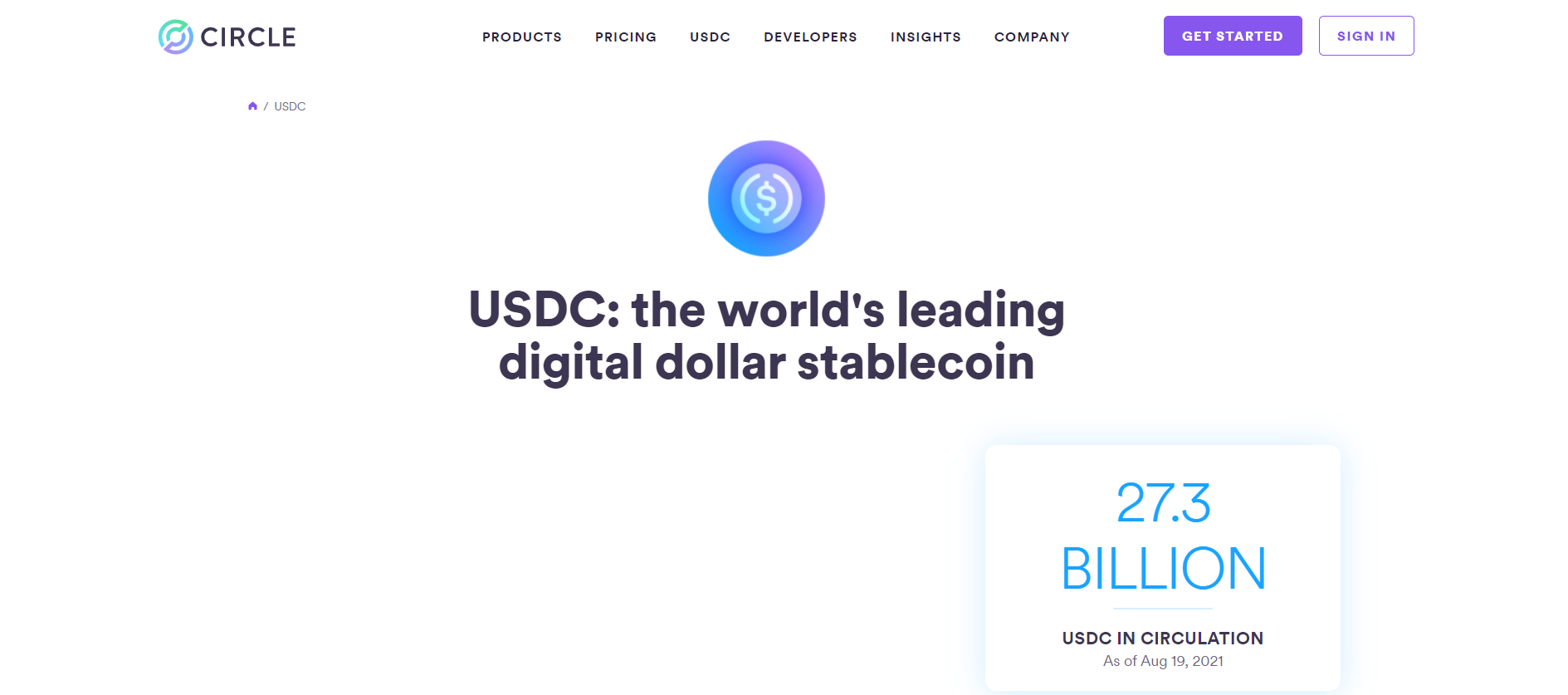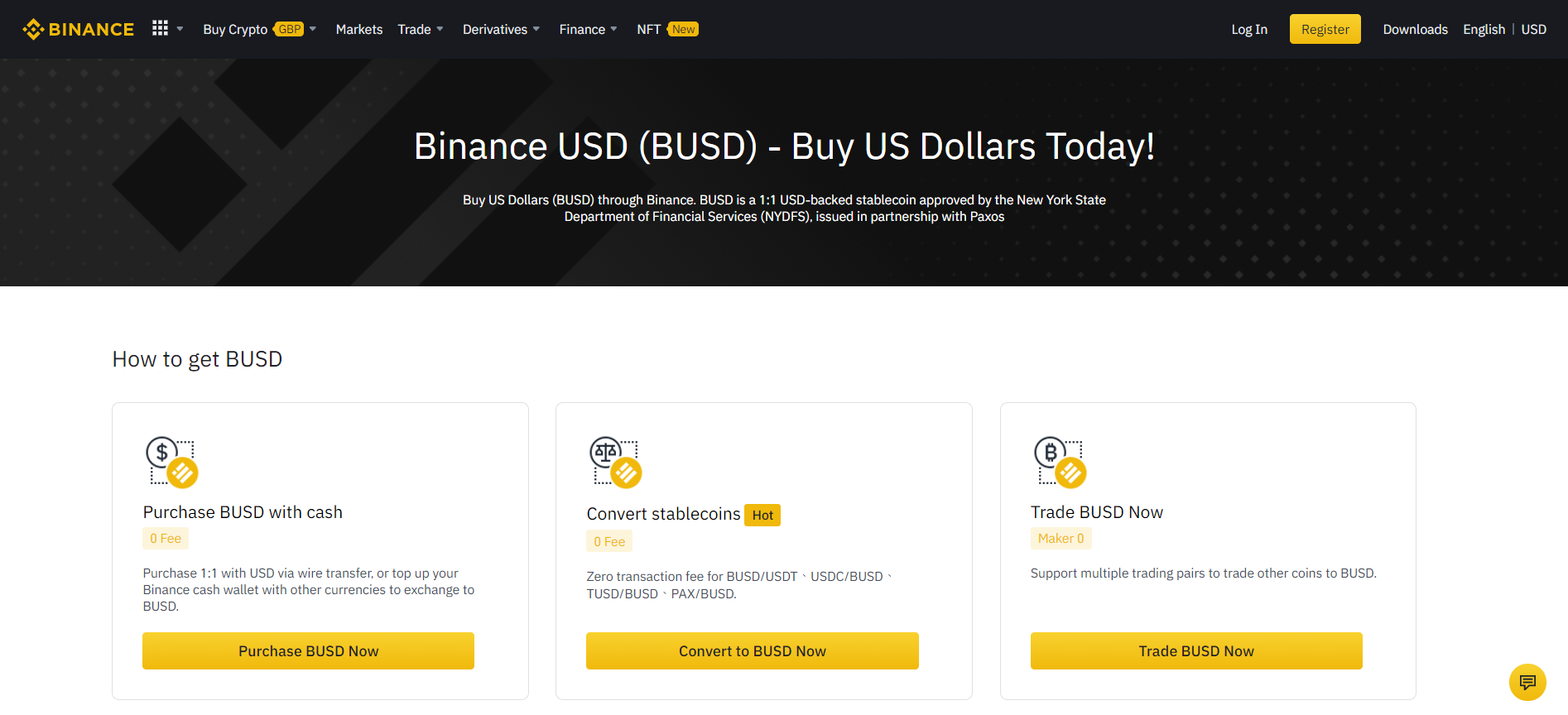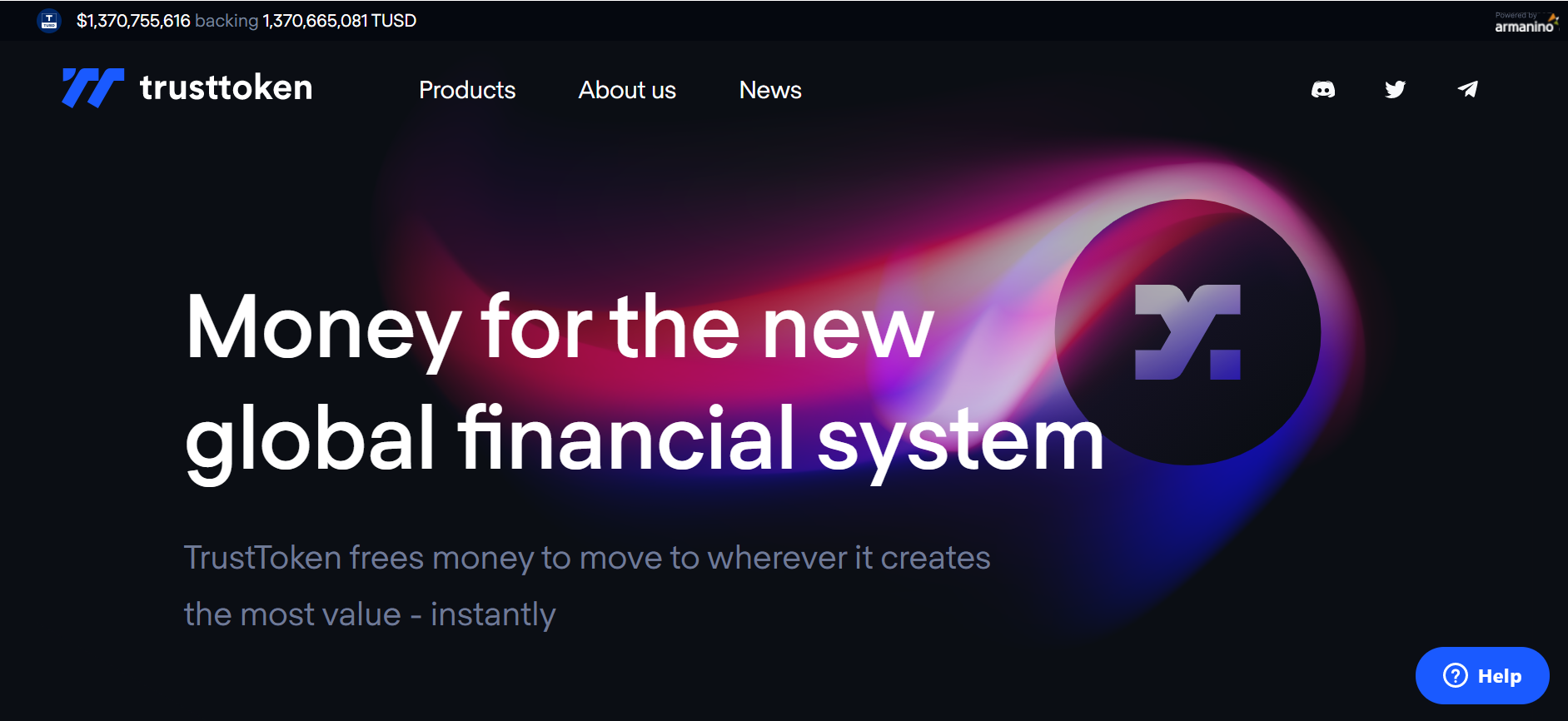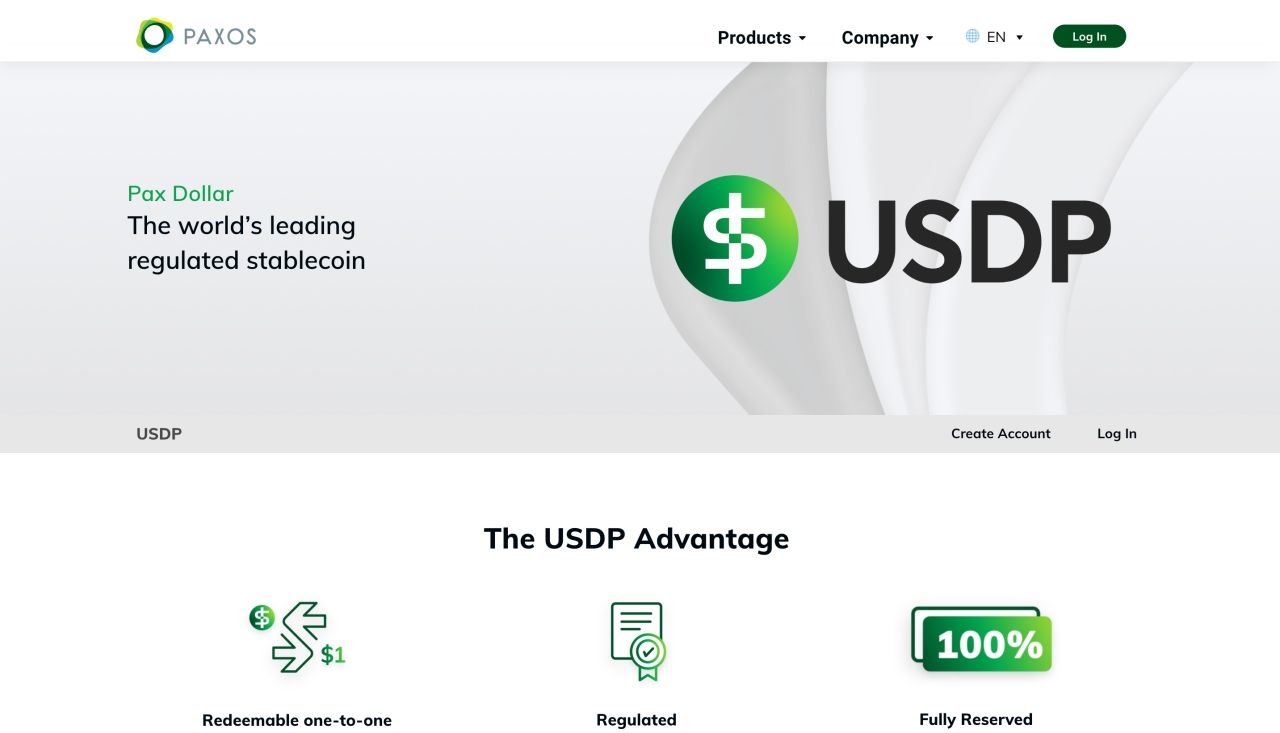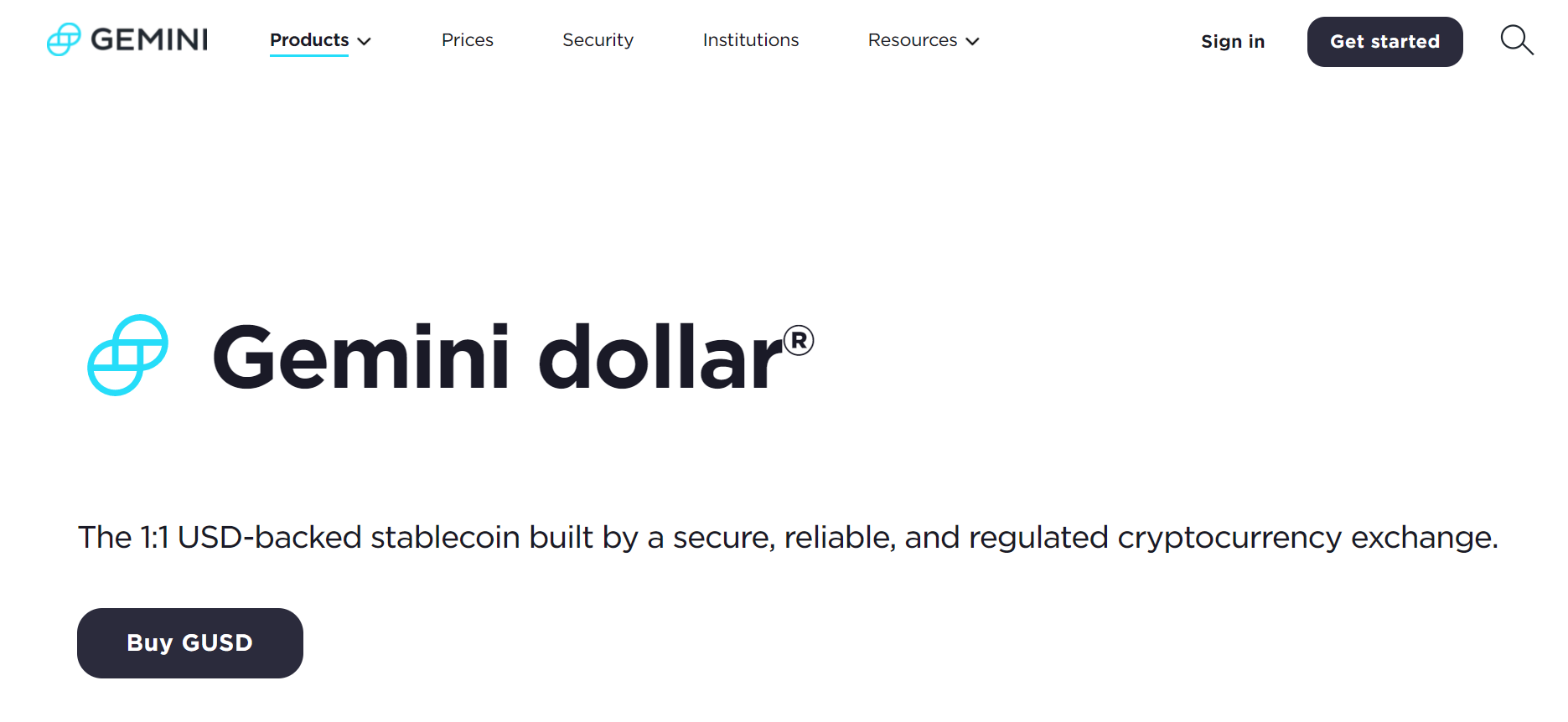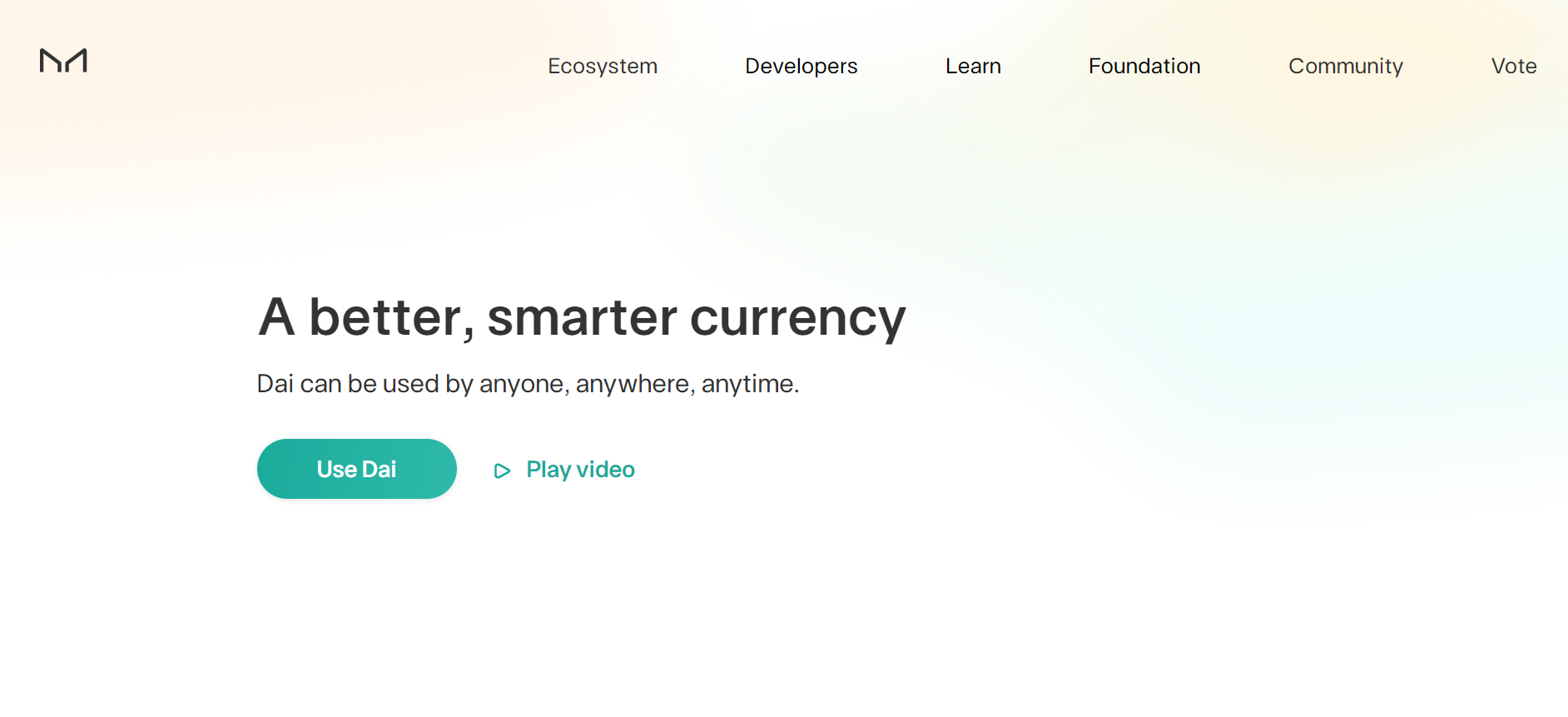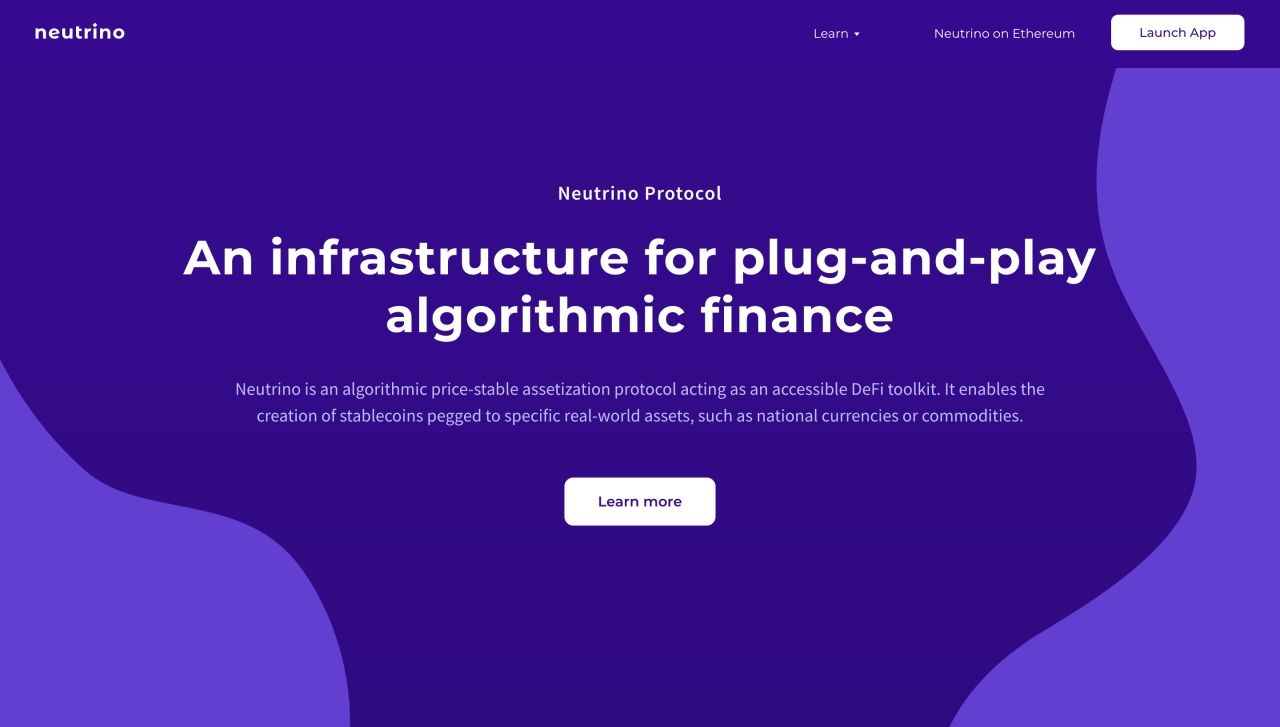There's Bitcoin, Ethereum, Ripple, and Litecoin, whose prices are dependent on the volatile cryptocurrency market. And then there's Tether (USDT), whose price will never float too far away from $1. While this stablecoin is the most popular in the world, it isn't the only option.
So, read on to learn about the best stablecoin alternatives to USDT and why you might want to switch to begin with.
What Is a Stablecoin?
A stablecoin is a cryptocurrency whose value is pegged to a real-life asset or fiat currency, such as the dollar or euro. As a result, its value will always remain the same, no matter the circumstance. However, exceptions apply when it comes to risky algorithmic stablecoins.
Tether is the most well-known stablecoin in the cryptocurrency market right now, but since its inception in 2014, it has been involved in many financial scandals due to dubious claims about its dollar-backed reserves. So, for anyone still looking to buy some stablecoins, here is a list of alternatives to Tether:
1. USD Coin (USDC)
The US Dollar Coin, or USDC, is a mainstream alternative to USDT. The stablecoin was launched in September 2018 and runs on the Ethereum, Stellar, Algorand, Solana, Flow, and Hedera Hashgraph blockchain networks.
The USDC is managed by a company called Centre, which is owned by Circle, a peer-to-peer payment company. Like USDT, USDC is pegged to the US dollar. Thanks to its relatively clean financial record, it's backed by Goldman Sachs, and with Tether shrouded with controversy, USDC is swiftly growing in popularity.
At the time of writing, there are over 53 billion USDC in circulation and over 4 trillion dollars worth of transactions carried out on the USDC network. In view of USDC's boom, Circle also most recently announced that it would expand to ten more blockchain networks to cater to surging demand.
2. Binance USD (BUSD)
Binance is one of the world's largest cryptocurrency exchanges, and Binance USD (BUSD) is the company's stablecoin project created in partnership with Paxos, a blockchain company that also has its own stablecoin.
BUSD runs on three blockchain networks: Ethereum, Binance Smart Chain, and Binance Chain. BUSD is also pegged to the US dollar and is regulated by the New York State Department of Financial Services.
According to Binance's website, the BUSD offers three main advantages to its transactions: accessibility, flexibility, and speed: BUSD holders can quickly send BUSD around the world with nominal transaction fees, and they can also swap between the three blockchain networks depending on their needs.
As of writing, there are over 18 billion BUSD in circulation. In case you're wondering, we've already covered what Binance is and whether your crypto holdings are safe with them.
3. True USD (TUSD)
TUSD is the industry's first regulated stablecoin backed by the US dollar. The stablecoin, created in 2018 by San Francisco-based TrustToken, is built on Ethereum's ERC-20 protocol and utilizes escrow accounts to ensure customer privacy.
Before one is eligible to hold TUSD, they have to first pass know-your-customer (KYC) and anti-money laundering (AML) tests. After this stage is complete, freshly minted TUSD will be wired to the user's Ethereum address.
TUSD can be staked and farmed on DeFi platforms built on Ethereum, TRON, and the Binance Smart Chain. Currently, TUSD has a market capitalization of $1.2 billion, and there are 1.2 billion TUSD in circulation.
4. Pax Dollar (USDP)
Paxos Trust Company, a partner of Binance's BUSD, also operates a stablecoin called Pax Dollar (USDP), previously known as Paxos Standard (PAX). The USDP was launched in September 2018, around the same time as USDC, and was one of the industry's first regulated stablecoins.
USDP runs on the Ethereum blockchain and follows the ERC-20 protocol. Like BUSD, USDP also offers seamless global transactions to any corner of the world.
After USDP, Paxos Trust Company launched PAX Gold (PAXG) in September 2019, its gold-backed digital currency. As of writing, there are over 945 million USDP in circulation.
5. Gemini Dollar (GUSD)
Joining the stablecoin market is GUSD, created by the cryptocurrency exchange Gemini, and was launched on September 9, 2018, a day before USDP. Like USDP, GUSD is also built on Ethereum's ERC-20 protocol and can be stored in any wallet that accepts Ethereum. Furthermore, like Binance, its circulation is regulated by the New York State Department of Financial Services.
Gemini claims that "the cash portion of these GUSD reserves may be eligible for FDIC' pass-through' insurance for Gemini customers, in the event of the failure of a bank holding the US dollar deposit portion of the GUSD reserves." It is also audited monthly by BBM LLP, an independent accounting firm, to ensure the 1:1 GUSD/USD parity.
6. DAI
DAI was created by Rune Christensen and launched in December 2017.
DAI is built on Ethereum's ERC-20 protocol, which enables transfers between any wallet that accepts Ethereum, and is minted via its native Maker Protocol platform. Its price stability is regulated by its very own decentralized community, MakerDAO. DAI is also central to MakerDAO's decentralized lending ecosystem.
For every loan taken out from MakerDAO by a lender, a certain amount of DAI is minted. Then, when the lender pays back their loan, DAIs are burned. As of writing, there are over 6 billion DAI in circulation, and the stablecoin has a market capitalization of over $6.8 billion.
7. Neutrino USD (USDN)
Neutrino USD is yet another alternative to UST pegged to the US dollar. It's an algorithmic stablecoin that is backed by the Waves protocol. Like DAI, you can mint USDN when you lock your WAVES token into Neutrino's smart contracts. USDN tokens are burned when you redeem your tokens, unlocking WAVES, the core token of the Waves blockchain.
In other words, USDN is used as collateral for other Neutrino stable assets. This is the mechanism by which USDN maintains its $1 peg. However, there are several different ways stablecoins use to maintain their value.
Although exclusive to the Waves protocol, USDN is also available on Ethereum and Binance Smart Chain ecosystems. Unlike other alternatives, it is relatively new and was launched in late 2019. As of writing, there are about 830 million USDN tokens in supply and a market capitalization of $830 million.
Stablecoins Pegged to Real-World Assets
Stablecoins are becoming an attractive alternative for investors to park their funds in the unfortunate event of a crypto market crash. Additionally, as Tether continues to come under fire for suspicious operations, these stablecoin alternatives are gaining significant traction.


